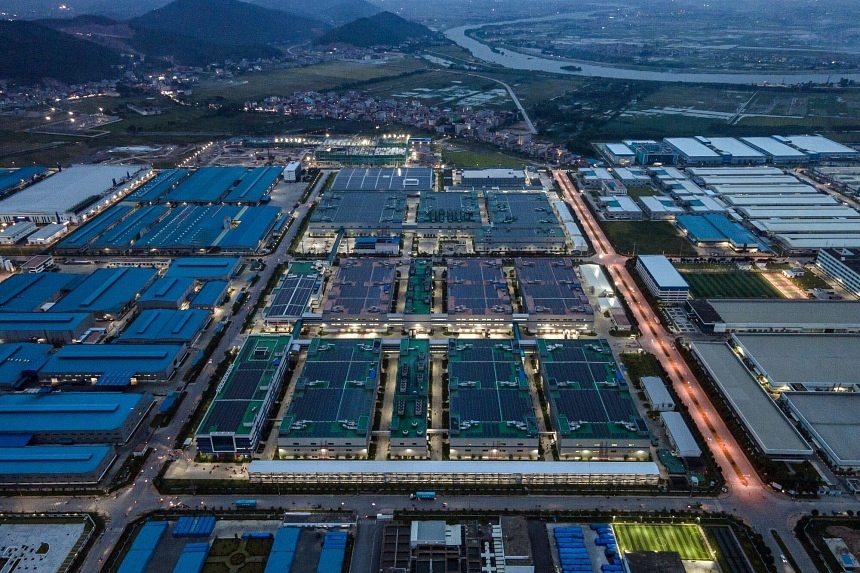In the realm of the global tech industry, nations are perpetually vying for supremacy. In recent years, Vietnam has mounted a commendable effort to carve out its niche in this ever-evolving market, positioning itself as an attractive manufacturing alternative to China. This strategic manoeuvring has reaped significant dividends, with the South-east Asian nation recording a steady increase in foreign investment and a consequent expansion in its manufacturing capacity. However, this success comes with its own share of challenges, as Vietnam grapples with the realities of serving as a favourite supplier to a prominent client.
To fully comprehend the scale of this challenge, consider the typical dynamics of a supplier-customer relationship. The customer, in this case a leading tech giant, typically has a broad array of choices at its disposal. Particularly in today’s globalised world, where national boundaries have largely been relegated to a formality by the ease and speed of international trade. Thus, being a favourite supplier implies consistently meeting, and often exceeding, the stringent quality standards, delivery timelines and costs efficiencies demanded by high-tech industry.
From this perspective, it becomes evident why it could be challenging to be a favourite supplier’s favourite supplier. It demands delivering a near-flawless product, consistently, on time, at a competitive cost. These are tall orders for any nation, especially one that is still ramping up its technological and manufacturing prowess, like Vietnam. Yet, it is these very challenges that also present the greatest opportunities for further growth and development.
The South-east Asian nation’s conscious effort to court foreign direct investment has certainly paid off. A favourable business climate fuelled by competitive costs, a dynamic workforce, and strategic location have lured major tech manufacturers to its shores. However, in order to continue its upward trajectory and sustain this momentum, Vietnam will need to take its manufacturing capabilities to the next level.
What does this next level look like? It involves moving from simply assembling high-tech gadgets to actually innovating them. This implies bolstering its technological skills, investing in research and development, creating a conducive environment for start-ups, and fostering a culture of innovation and entrepreneurship.
Even more importantly, Vietnam must ensure that its growth is inclusive and sustainable. While foreign investment brings substantial benefits, it should not be at the expense of social inequality or environmental degradation. Hence, Vietnam must also simultaneously invest in education and skill development of its workers, ensure the fair distribution of economic gains, and implement robust measures to protect its natural environment.
To sum up, Vietnam’s rise as a global tech industry player is a story of calculated risks, strategic planning, and steady execution. Yet, the nation stands at a critical juncture. Whether it will continue to be the favourite supplier’s favourite supplier, will hinge on its ability to navigate these present and looming challenges. To do so, Vietnam will have to brace for the future with anticipation, evolve with agility, and remain committed to inclusive, sustainable growth. Whether it rises to this occasion, only time will tell. However, given its track record thus far, there is every reason for optimism.




